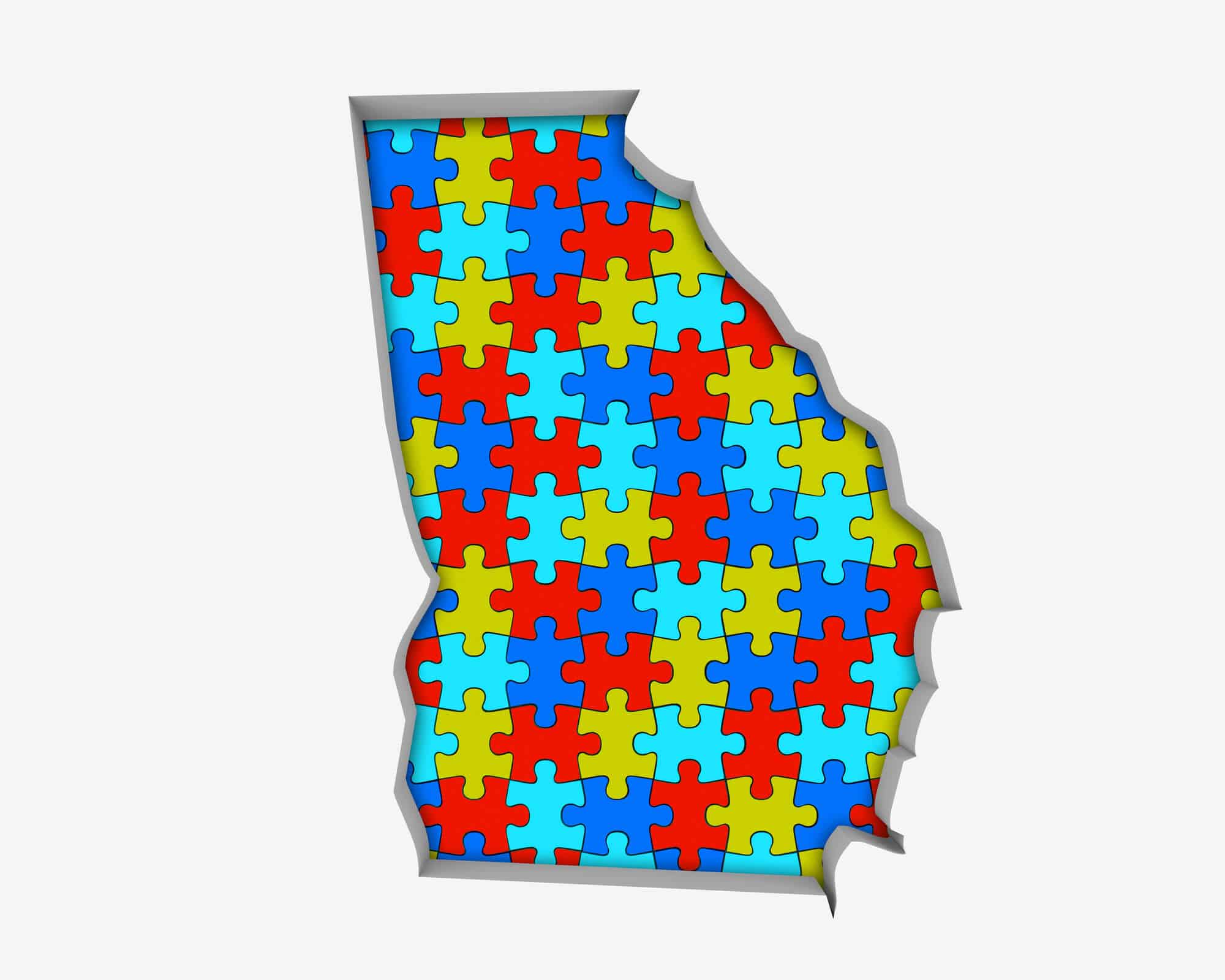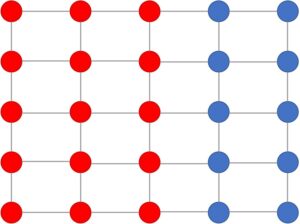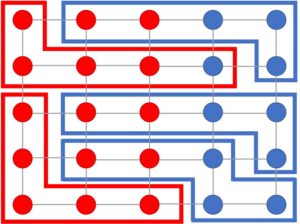On multi-stage decision making - a process in which many agents (humans or robots, for example) have to make a joint decision

Multi-stage decision making is a process in which many agents are required to make a joint decision. It is a complex process that is done in stages, and each stage shapes the next stage. An example of this is the US presidential elections - a process that takes place once every four years and includes pairs of contestants, one for the position of president and the other for the position of his vice president (a pair from each party). The citizens do not elect the president and his vice president directly, but choose representatives called electors, and these elect the president and his vice president on behalf of the citizens. The elections are held in the 50 states of the USA. Each state chooses its own electors and may do so according to its own method.

After the electors in all the states meet and choose the president and vice president, their ballots are sent in sealed envelopes to Congress in Washington, DC. In a special and joint meeting of the two houses, the House of Representatives and the Senate, the envelopes are opened in the capacity of the President of the Senate, he is the current Vice President of the United States, and the Speaker of the House of Representatives. If a candidate wins an absolute majority of the electors (ie at least half of the electors plus one more), he is declared the winner. If no candidate received the minimum number of electors, because there are more than two candidates for the position or due to a tie between two candidates, the decision goes to Congress. The House of Representatives chooses the President from the top three candidates, while the Senate chooses the Vice President from the top two candidates. An area that can be divided into five districts, so that each district contains five contiguous houses (the vertices) and it is possible to get from house to house with the lines. The color of each vertex represents the party that the residents of the house support.
This election system allows for a result that is considered by many to be unfair, because it can elect a president and vice president who received fewer votes from voters in a nationwide count than their competitors. This result has already occurred five times in the past - in all of them the candidate (who always belonged to the Democratic Party) lost the elections even though they won the most votes in the nationwide count (sometimes by millions). The last time was in 2016 - in this election, more people voted for Hillary Clinton's electors in every state, and yet Donald Trump won because he received more votes from the electors.
"This is an example of multi-stage decision-making that distorts the will of the individual and society and gives power to the geographical component. Using computational tools, it is possible to develop multi-stage processes that will lead to the results that the individual and society are interested in," explains Dr. Omer Lev from the Department of Industrial Engineering and Management at Ben Gurion University of the Negev.
In their research, which won a grant from the National Science Foundation, Dr. Lev and his colleagues sought to understand how a multi-stage election process is carried out from a theoretical-mathematical point of view and how the final result is affected by it - whether it harms it or improves it (for example, in terms of the will of the voter). For this purpose, they focused on the election systems that took place in the USA in 2016 and 2012 (the elections in which Barack Obama won. He won 332 electors and 51.06% of the electoral votes, compared to 206 electors and 47.2% of the electoral votes received by Mitt Romney).
The researchers were based on data obtained from five US states (North Carolina, Pennsylvania, Wisconsin, Maryland and Massachusetts) and their districts (each of the US states is divided into administrative regions called districts). They assimilated this data into artificial intelligence software they developed, which divides areas into constituencies and builds a map from them.

Thus they discovered a difference in the ability of the parties to divide territories in a way that would benefit them. It is known that the Democratic Party is strong in cities and the Republican Party is strong in non-urban areas, but the study showed that the ability of the Democratic Party to divide geographical territory into districts (which it wishes to win as many of them as possible of course), is less than that of the Republican Party. For example, if both parties win 50% of the votes, the Democratic Party has more difficulty translating them into a large number of victory districts. The reason for this gap is probably the combination of the district system with the distribution of the population between the parties (urban/non-urban). If the Blue Party is responsible for the distribution, it can create a situation where it will win 60% of the districts, even though only 40% of the population supports it.
"We developed software that allows us to divide areas into districts according to any criteria we want. We showed that it is comparable in quality to maps built by political experts manually, that is, to the ability of humans. Thus, it can build an effective map for Democrats or Republicans, as the parties actually do in the US. In addition, it can build a map of districts that reflects the opinion of the voters, and it can be presented with different goals, for which it will provide the best map. This ability also makes it possible to test new methods to deal with the political bias of the map," concludes Dr. Lev.
Life itself:
Omar Lev
Dr. Omer Lev, 41, married, lives in Ramat Gan. Enjoy exploring the combination of mathematics, computer science, history, politics and sociology.
More of the topic in Hayadan:
